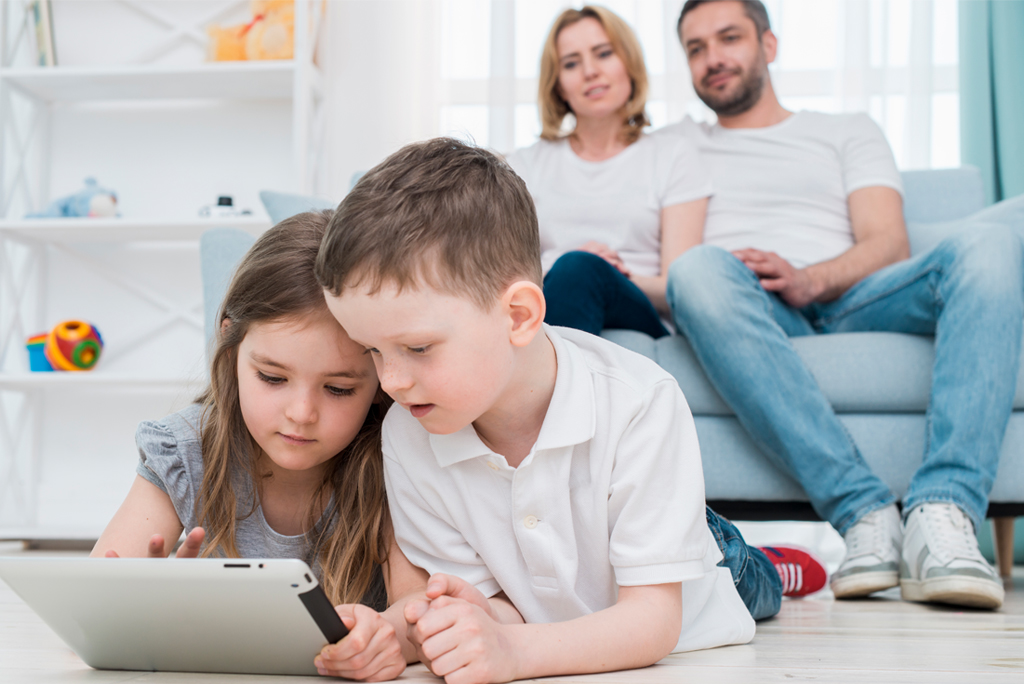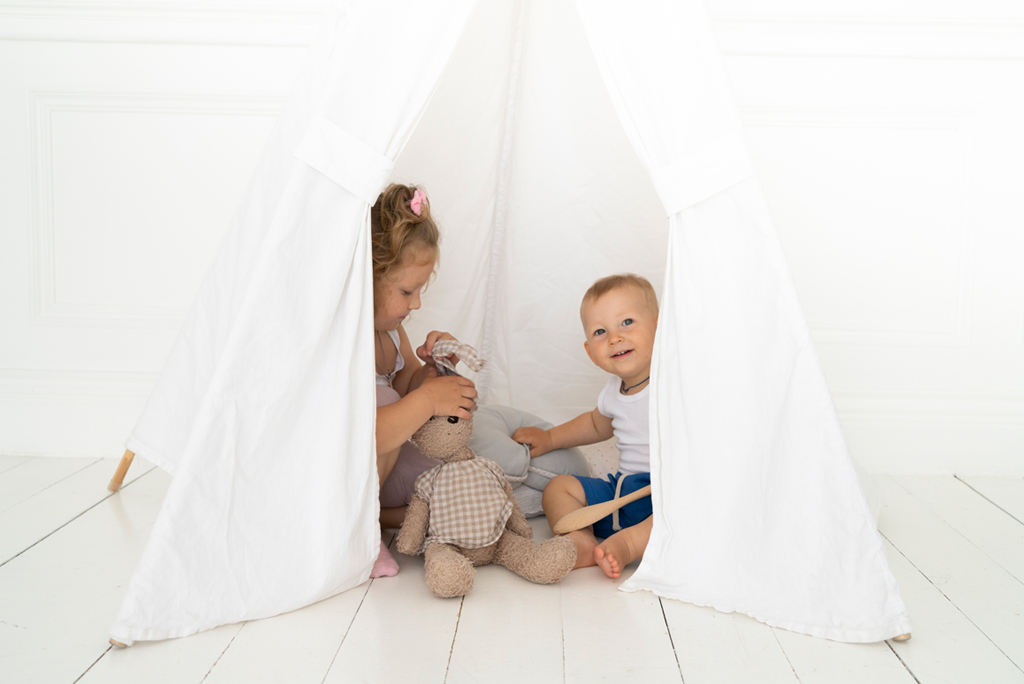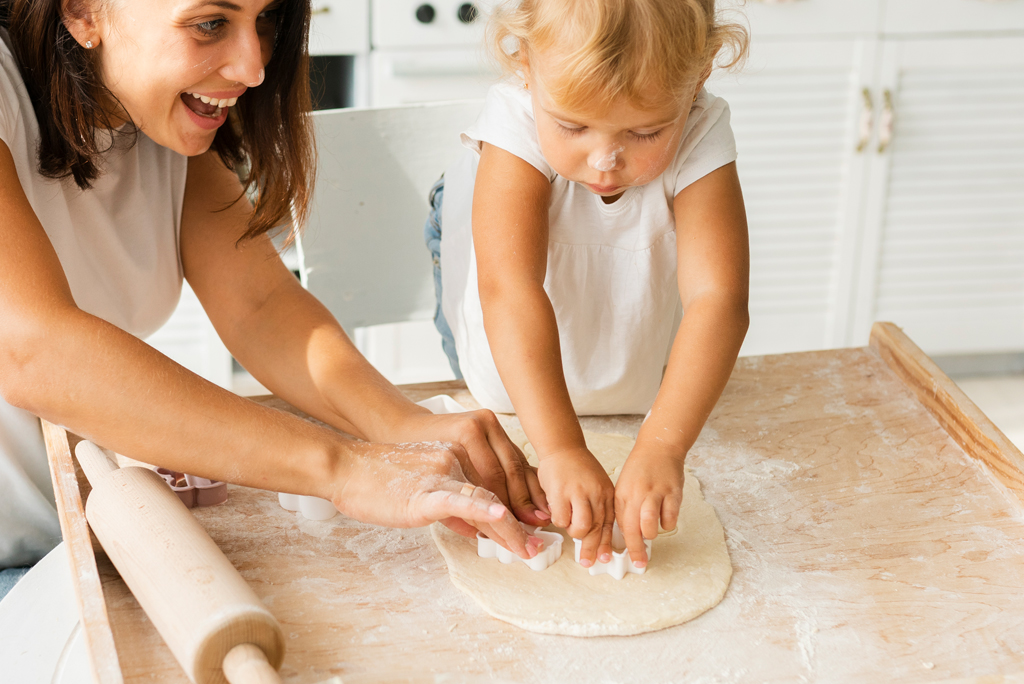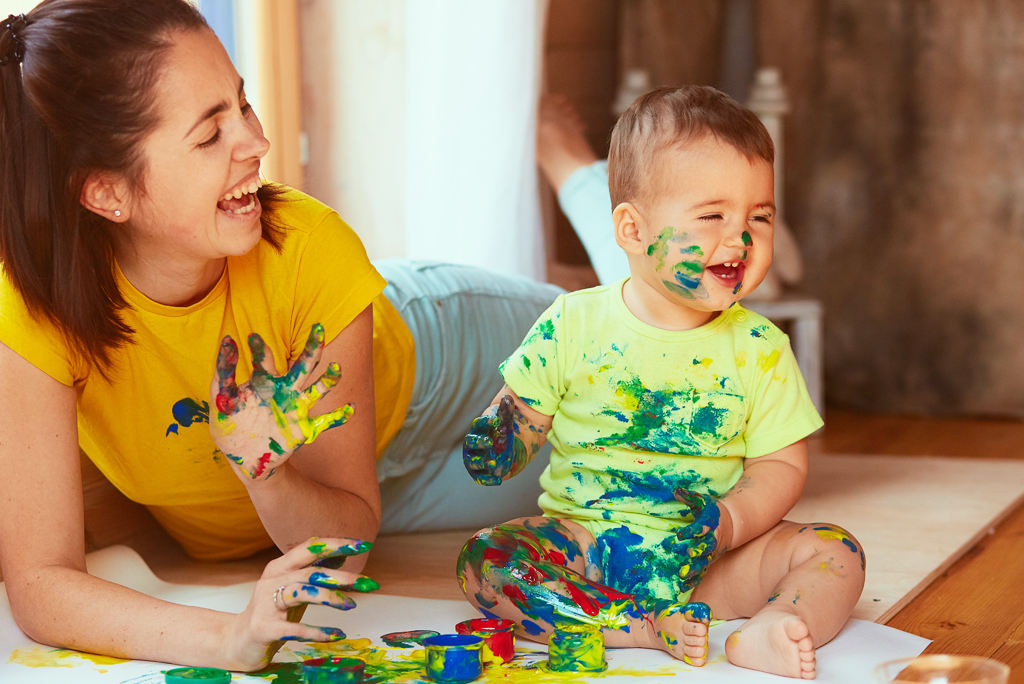18 Mar Are You a Creative Parent or a Consuming Parent?
A sense of curiosity is one of the most important gifts a parent can give a child. An article published by the University of Michigan stated, “Curiosity prepares the brain for learning.” Our sense of curiosity helps us engage with the world around us and helps our brain soak up and process information much faster. Researchers found that children who were curious were better at learning new information as well as remembering it later on. That ability to absorb, process, and recall information is a powerful life skill. It all starts with curiosity.
That sense of curiosity and inquisitiveness isn’t something that we’re all born with, though. It’s something that’s nurtured through our environment and by our parents. Curious children live in interesting, dynamic, and creative households that encourage exploration of the world. That often comes down to the parent, and whether they are a consuming parent or a creative parent.
How Parents Influence the Behavior of Their Children

Consuming parents are those parents who are only taking in what’s on offer by the world around them. They watch television and scroll social media, consuming the content there. Creative parents are the makers and doers who are more likely to create something. They like to draw, write a poem, make a craft, try a new recipe or dance to music. Some creative work comes out of them instead of just consuming the world around them.
Both consuming and creative parents influence the behavior of their children. So does the home environment they set up for their children to live in.
How We Influence Children With Their Surroundings at Home

When someone walks into your home, what do they see, think, and feel? Now imagine what happens when a child walks into your home. Would they find your home to be creative and engaging, or boring and plain? We’re often too worried about making sure our homes are neat and tidy and not worried enough about making them an engaging environment for children. That means more than buying extra toys, too. We create interactive environments by filling them with supplies that allow for unstructured and imaginative play.
Home is likely the place, other than school, where your children will spend most of their time. So the home environment should be a place that encourages creativity, curiosity, and learning. Try doing things like keeping supplies out where they are visible and at the child’s eye-level. Children are much more likely to use materials if they are where they can see them and access them easily. Stock zones with books, board games, child-friendly tools, and lots of art supplies. Check out more tips on creating child-friendly interactive zones in your home on our blog.
How We Influence Children With Our Actions and Activities

As parents, we know that our children are always watching us. They learn how to interact with the world around them by watching what we do. Our actions and activities influence the personality development of our children. It’s important to self-evaluate your actions and determine what personality traits and behaviors you are demonstrating for your children to mimic.
For instance, if you aren’t putting your own sense of curiosity to work, then it’s unlikely your child is, either. If you prefer to spend your evenings on your smartphone or watching television, your child will probably do the same thing. Not only do children want to mimic the actions of the adults they love, but they also want to spend time with us. So if you are doing something creative, it’s much more likely that your child will pick up a creative hobby, too.
How to Evaluate Whether You Are a Creative or Consuming Parent
So are you a creative parent or a consuming parent? Self-evaluation isn’t always easy, but it’s important. Take a look at your own parenting style to see how you are influencing the development of your child’s personality.
Common Traits of Consuming Parents
- Watches a lot of reality and scripted television
- Browses social media
- Doesn’t like to answer questions when asked
- Doesn’t bother to find answers to questions they have about the world
- Isn’t interested in learning more about news events
Common Traits of Creative Parents
- Has a creative hobby such as writing, drawing, or painting
- Likes to take things about to repair them or see how they work
- Enjoys decorating or making crafts
- Likes to spend time outdoors
- Likes to cook or bake
We’ve made it easy for you to determine whether you are a consuming or creative parent. Download our PDF for a free self-evaluation. Look at the activities you enjoy the most and whether they indicate you are creative or consuming.
Inspire Life as a Creative Parent

Being a creative parent takes effort and time. It’s a lot easier to come home and relax on the sofa while you watch television than it is to oversee a creative art project with your child. But the payoff for your effort is a happier, more curious child who has the personality traits that will set them up for success later in life.
Richard Branson, CEO, and founder of Virgin, credits his mother with instilling in him the personality traits he needed to become a successful entrepreneur. He said his mother believed that each day was an opportunity to try something new. She herself was a writer and loved to work on projects such and children’s books. She’s active, engaging, and a very hard worker. Those are all personality traits we can see in Richard himself.
He’s not alone. Many celebrities credit their parents with their success. Actress Selma Hayek grew up hearing her mother sing. The creative pursuit inspired Hayek to pursue her own dream of acting, but it also taught her the valuable lesson of embracing her own talent. That important lesson helped form the personality of the actress and propel her to be one of Hollywood’s biggest stars.
How to Move From Consuming Parenting to Creative Parenting
So how do you move from being a consuming parent to a creative one? With some effort, time, and a change in your habits. Here are some things to try:
- Set up creative and interactive stations for your children around the house. Spend time doing those activities with your child.
- Pursue your own creative hobbies. Learn to play the guitar, pick up a paintbrush, or start writing a novel.
- Get outdoors. Play games with your children outside when the weather is nice.
- Set aside an hour a day for interactive fun with the family. Whether that’s a board game, coloring together, or even going for a walk, spend time together doing something creative.
- Look for online resources to inspire curious kids. Miyav offers many free resources you can download now to kickstart the creativity in your household.
Looking for more inspiration about how to become a creative parent to your children? Start by downloading our free self-evaluation PDF. Then register for a five-week course on how to design a foundation for creative, confident, and curious children. We’ll help you install the personality traits they’ll need to face the challenges of the 21st century. Start making the important change from a consuming parent to a creative one today.
Author

Manikandan S T
Designing the Learning Experience
Mentor at Miyav Kids



